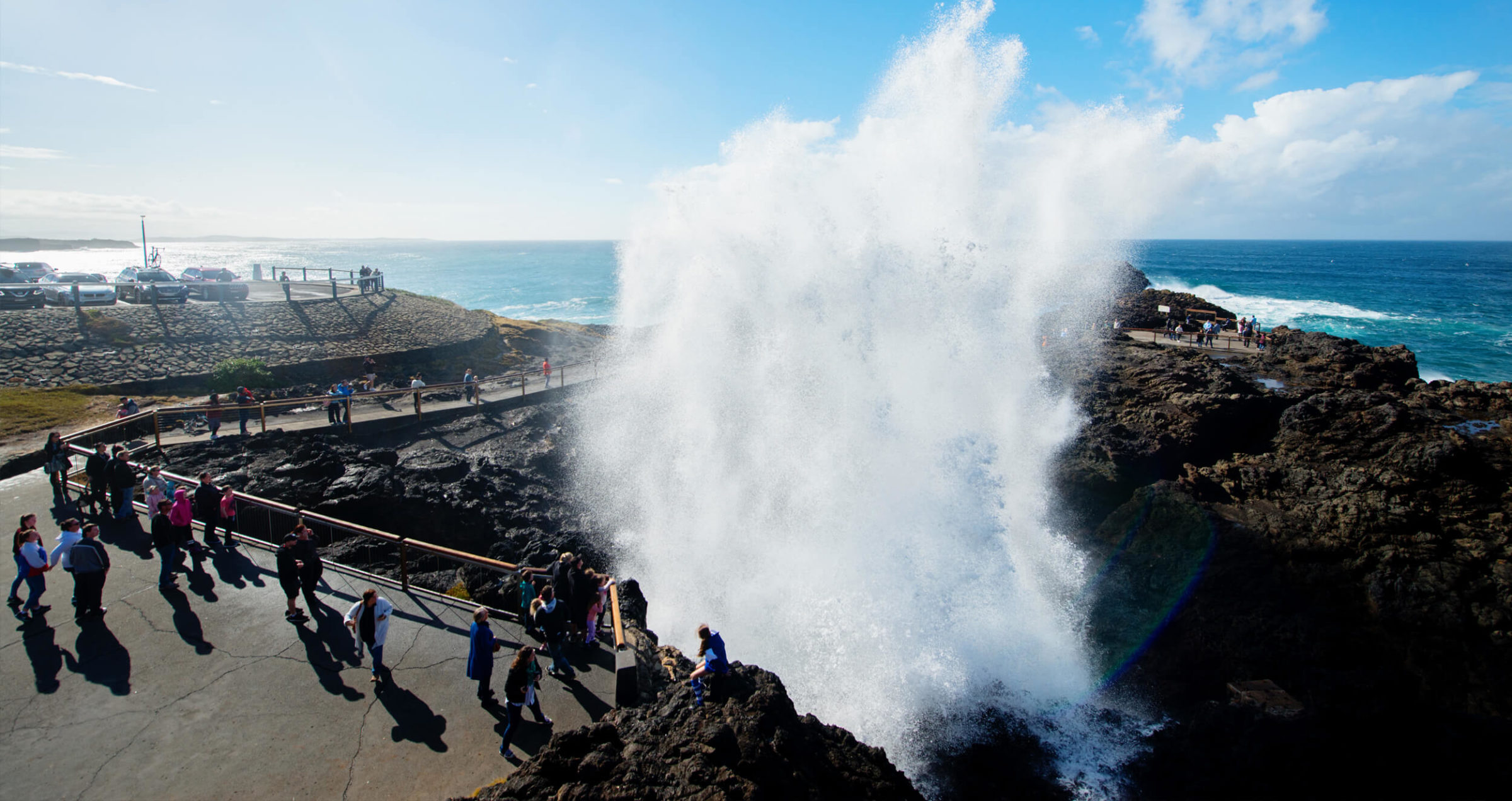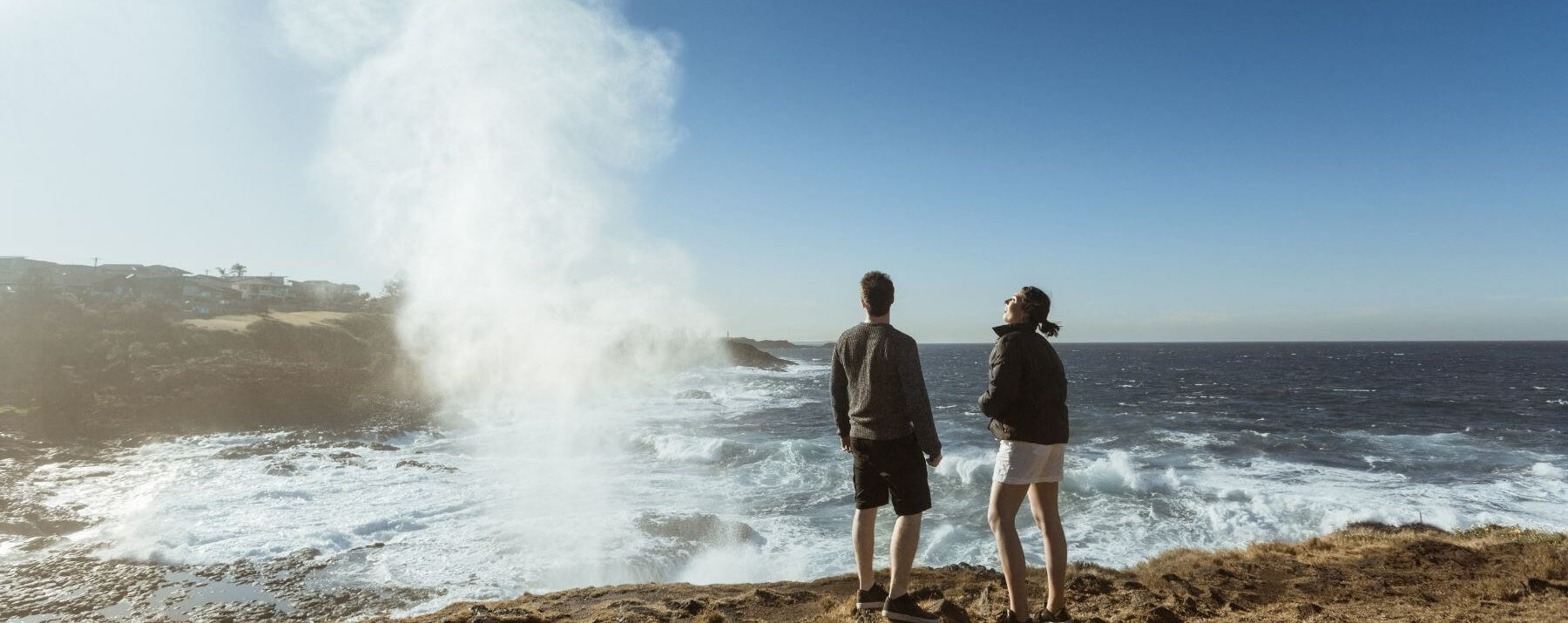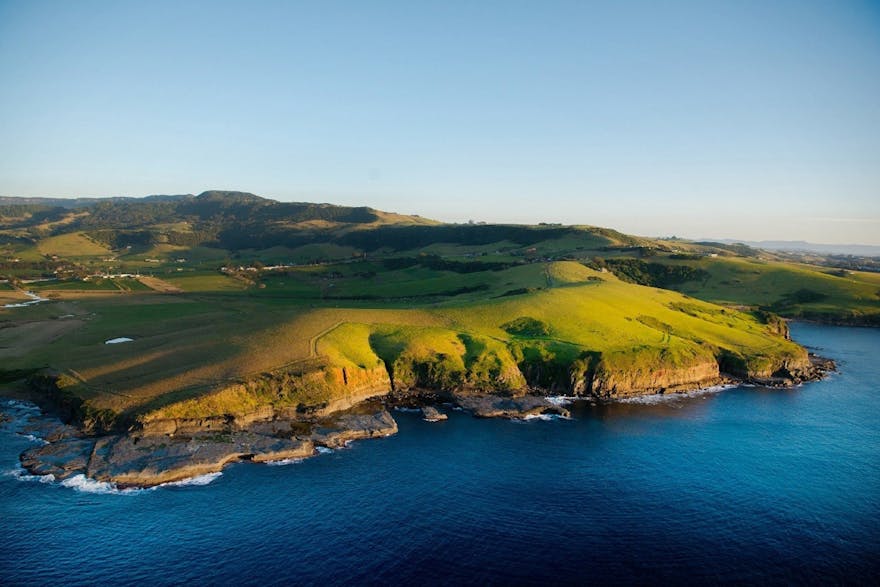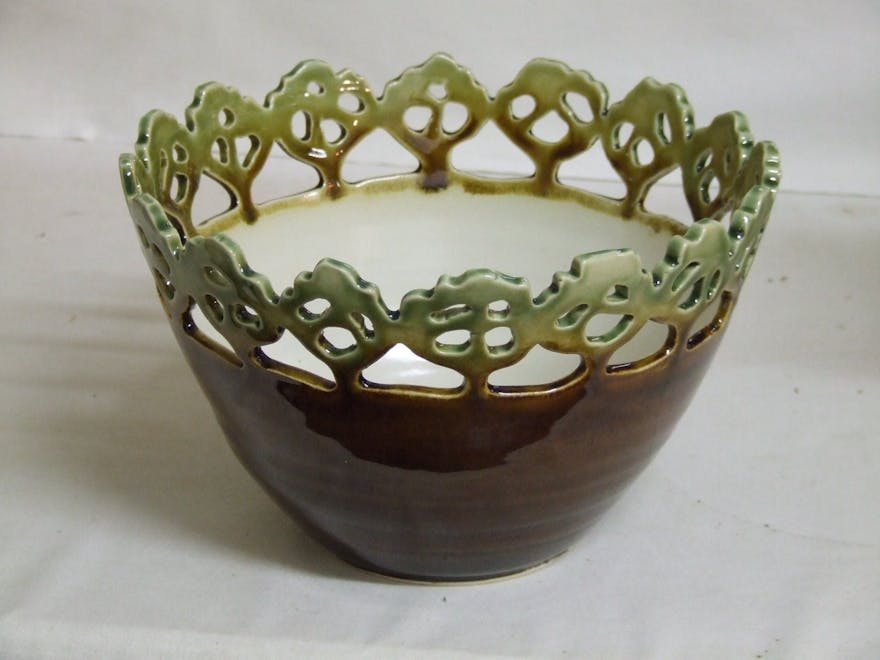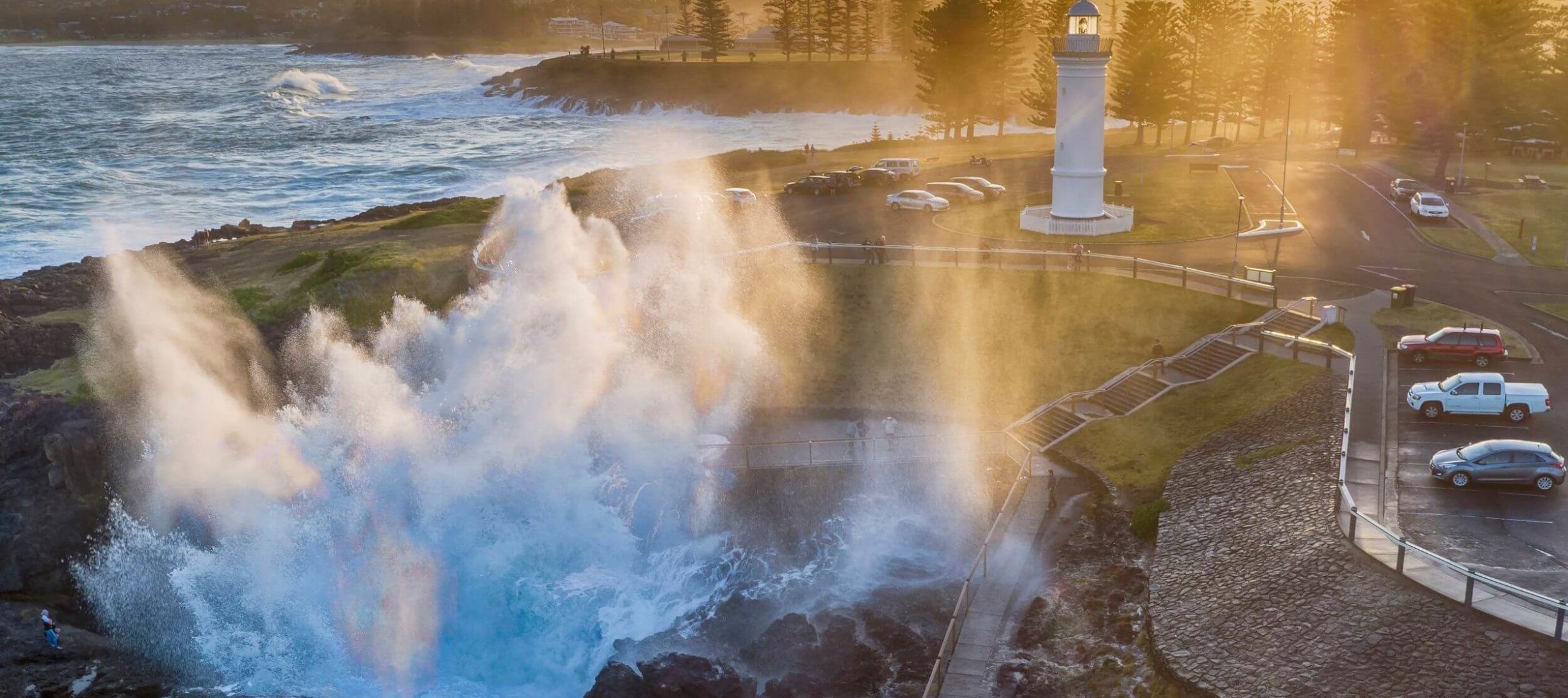
Blowholes
World famous ‘whoosh’
The name Kiama has long been translated as ‘where the sea makes a noise’ — and nowhere is this clearer than at our world famous blowholes. The larger, Kiama Blowhole, is located next to the lighthouse at Blowhole Point. It has a 2.5 metre wide opening and has been recorded at heights of more than 30 metres. When it’s really blowing, you can hear an impressive whoosh sound and often feel the spray of the ocean. Don’t miss a visit to the Little Blowhole, which is more consistent than the big blowhole and equally stunning to observe.
Blowhole Information
FAQs and Fast Facts:
What hours does the Kiama Blowhole operate?
A: It’s a natural attraction so it is naturally, unpredictable! Weather dependant, both blowholes rely on wind direction and swell in the ocean.The Kiama Blowhole (near the Lighthouse at Blowhole point) is working at it’s ‘whoosh-iest’ in a SE Wind/SE swell, while the Little Blowhole likes to show off in a NE Wind/NE swell. You can access both blowholes 24/7 every day of the year, and there is no charge to view.
- Formed from basalt lava flows 260 million years ago.
- Kiama Blowhole Most active in a SOUTH EAST swell.
- Discovered by local Aboriginals, who called it Khanterinte.
- First written about by George Bass in 1797.
- Little Blowhole most active in a NORTH EAST swell.
- Both are open to viewing by the public (that’s you!) at any time.

